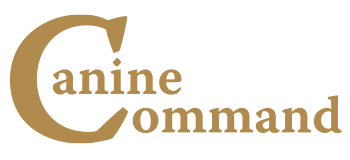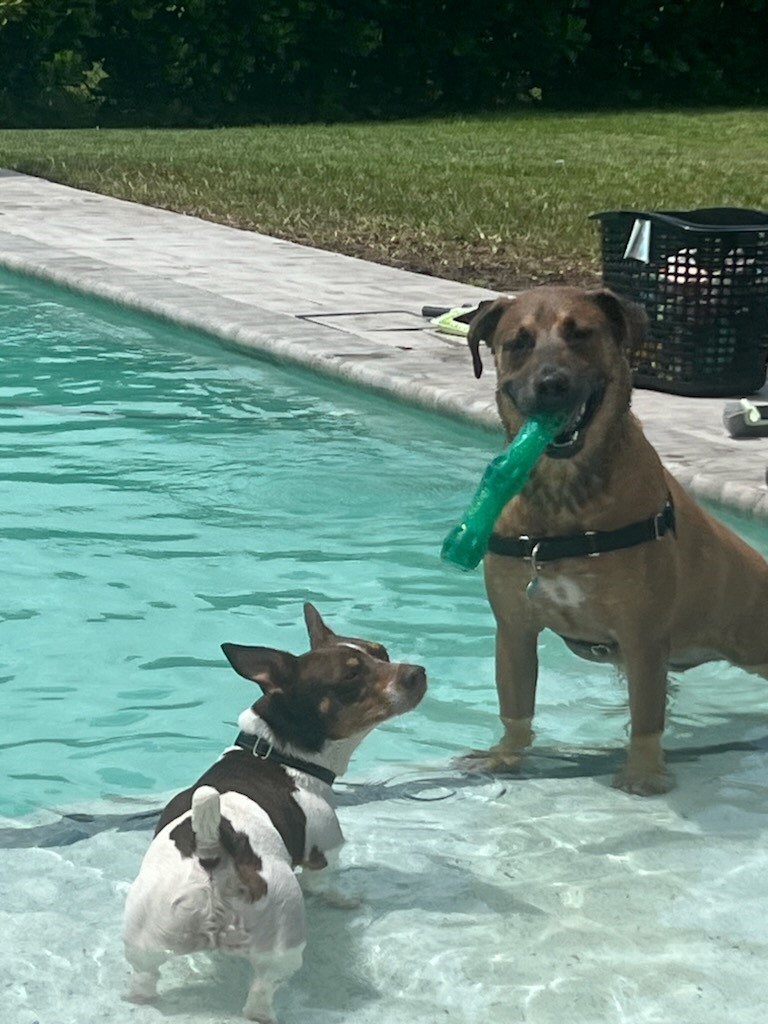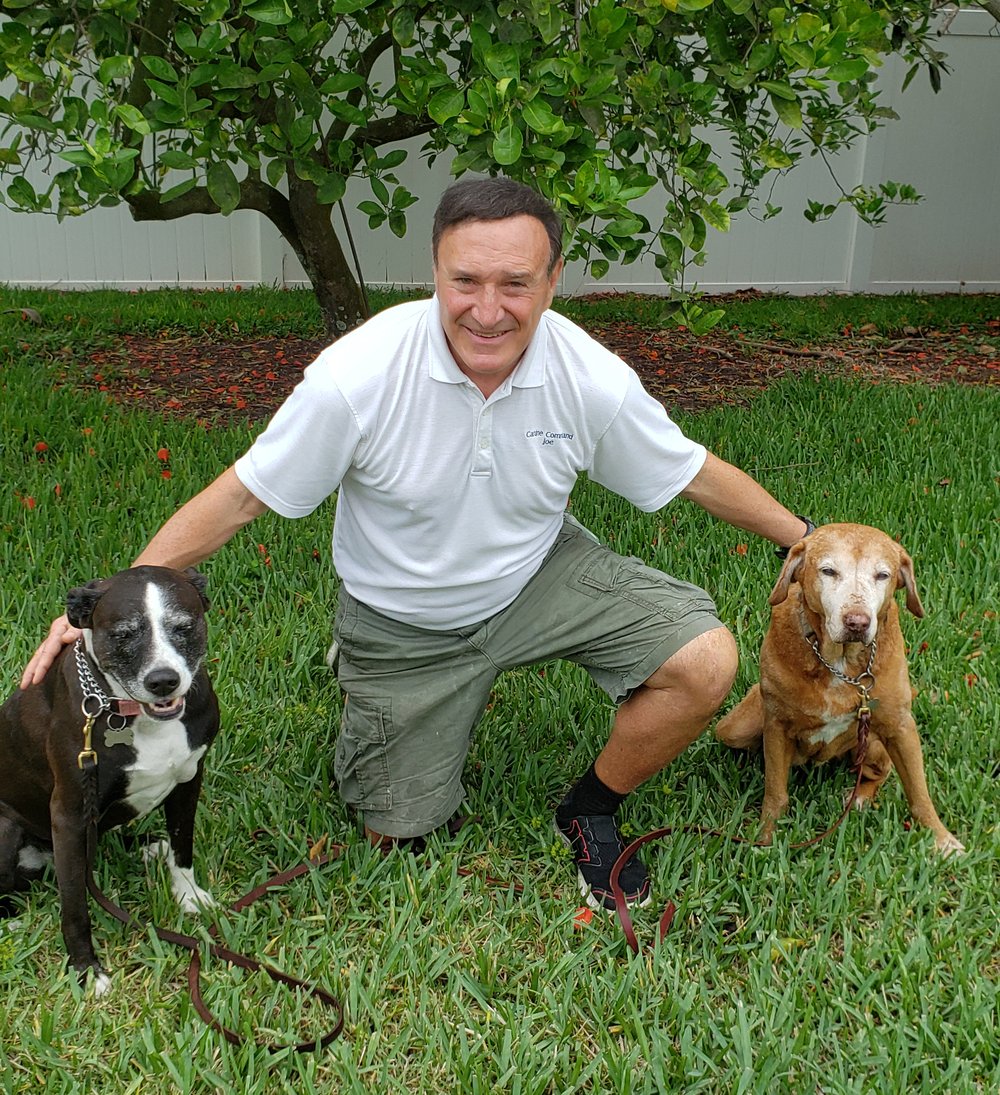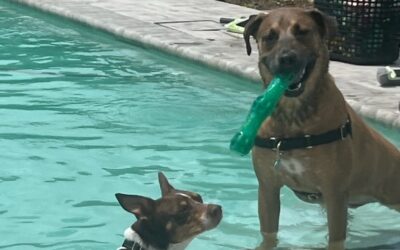Too often I see owners excuse their adolescent canine’s unruly behavior with the brushoff statement “he’s just a puppy.” Bad behavior is never excusable whether the dog is a puppy, adolescent, adult, or geriatric! Second, the owner is usually surprised to find out their dog is no longer a ‘puppy.’ Modern genetic testing shows canines age approximately fourteen human years their first year. They age another nine human years by the end of their second year. After that they age 5 human years for every canine year. So, a one-year-old canine is not a “puppy” but an adolescent teenager who may demonstrate behavioral problems absent proper training!
Adolescence is the final developmental stage of reproductive function, in which a juvenile dog becomes an adult, and incorporates puberty. It can start between 6 and 12 months and end between 18 and 24 months. In general, canines will mature sexually between 7 and 10 months of age. Dramatic hormonal changes and reorganization of the brain occur during puberty. As in humans, transitory behavioral changes can occur in adolescent dogs including reduced trainability and responsiveness to commands, independence seeking, risk-taking, moodiness, irritability, and conflict with their owners. In fact, a study published in Biology Letters in May 2020 confirms that adolescent dogs often disregard and disobey their owners. The good news in the study is that the effect is transitory i.e., confined to adolescence and less pronounced in dogs that have more secure attachments with their owners.
So just like humans, teenage dogs want to roam, run, and explore their environment. Their sex drive increases, they push their boundaries, become more independent, and blow off their parents i.e., owners. This doesn’t make them stubborn, dominant, or bad dogs. This makes them typical teenage dogs! Your dog is finding it difficult to control his impulses! The good news is that if pet owners are consistent and diligent about building a great bond with their dog, training and properly socializing starting at 8 weeks, their dog’s “terrible teens” will be much less dramatic and stressful for everyone!
The best thing to do for your adolescent canine is to tire him out mentally and physically with structured play and exercise sessions including walks, park, mall and store visits, agility, obedience and focus training, search, fetch and hide and seek games as well as food puzzles. Change the routine to keep him mentally and physically stimulated! Exercise, chew toys and long-lasting chew treats will help release “happy” hormones in your dog’s brain calming him down. Remember, whether your dog is a puppy or an adolescent, a tired dog is a good dog!



